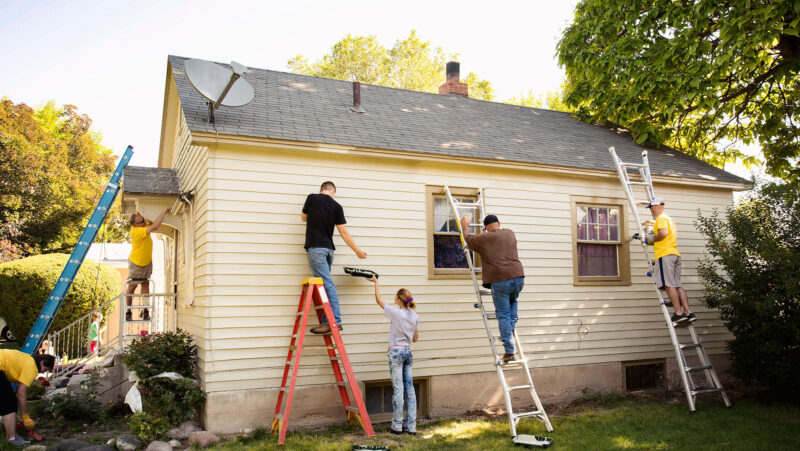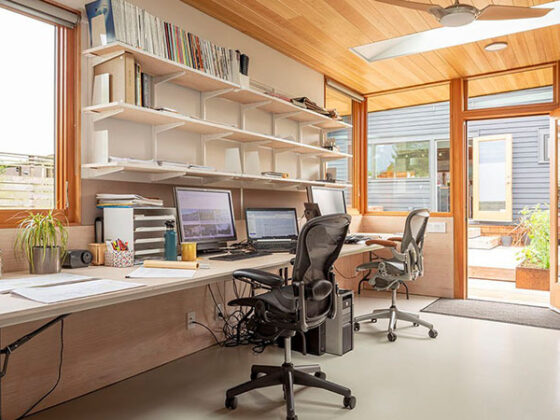The toss up between a pre-existing house and a new build project is such a dramatic choice, that a cottage industry of reality TV shows exist just to ratchet the tension for viewers watching people vacillate between both options. Will they renew the house where they raised children? Will they buy a brand new home? Will they wade through endless repair contractors? Will they risk a new development in an unproven space? It makes for great TV.
When it is your actual life, however, it bears more than the scant minutes between adverts to ponder which choice is the better. Do you buy a house and fix it up? Do you purchase a building project that is currently little more than component lumber, copper, and blueprints? There is no right or wrong answer, but there are definitely right and wrong ways to approach the discussion. Read here for a discussion on the points of consideration for buying a pre-existing home and fixing it up and the thought map for buying a brand new home.
Fixer Upper
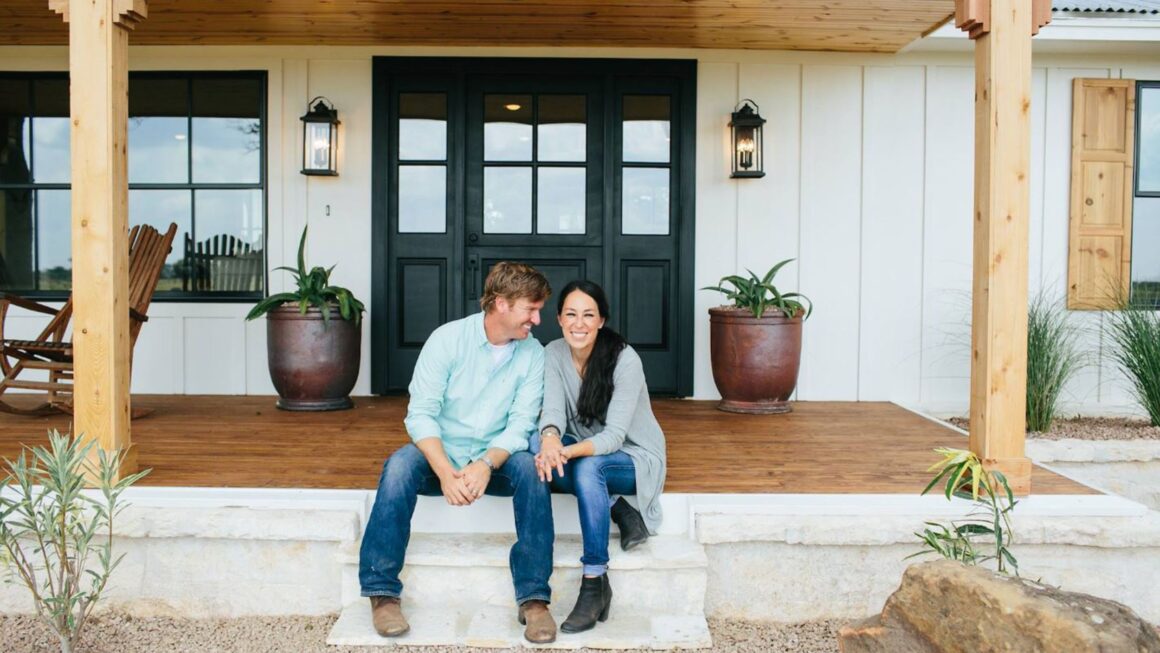
From the initial conversation around a family budget to the first call to a seasoned real estate agent, the process of buying a home is one where expectation management is essential to the success of the project (not to mention your marital and mental health). Despite the fact that a loan to purchase the house is required and the method of buying a home is standardized across much of the developed world, the cost is still fairly staggering. Therefore, buying a pre-owned home can be highly attractive. Here are some points to ponder along the way with a pre-owned home.
Buying Someone Else’s Mistakes
Depending on how many previous owners the home has had, there are a few things that will be left on the home that no one is around to explain. How does this legacy security system work? Why doesn’t anything happen when I flip that switch? Why does the ceiling look like it has had water damage?
A decent home inspection can catch a lot of issues left behind by the history of people living in a home, but they are not perfect and some things will make their way through. Some things, like the seals in windows, affecting their energy efficiency, or proper drainage of a garden, while small now, can become astounding headaches down the road.
Pre-Owned Homes Have a History
You may hear a sales agent talk about a neighborhood being established. What that really means is that the trees are taller than five feet tall and the neighborhood has shown whether or not it is a safe place to raise a family. Established neighborhoods can be looked up on crime report histories and shown whether or not it adds risk to the family you are looking to house.
Easier to Estimate Renovations
While some renovations end up overrunning their budget because their process reveals a more dramatic underlying problem, contractors are generally very exacting on the costs your project will require. While it will vary based on availability of contracting work forces in your area, competition will create availability of cost effective repairs, which a savvy sales agent can negotiate into sales price, and the required cost of turning that place into the trendy open floor plan you have been eyeing.
New Homes
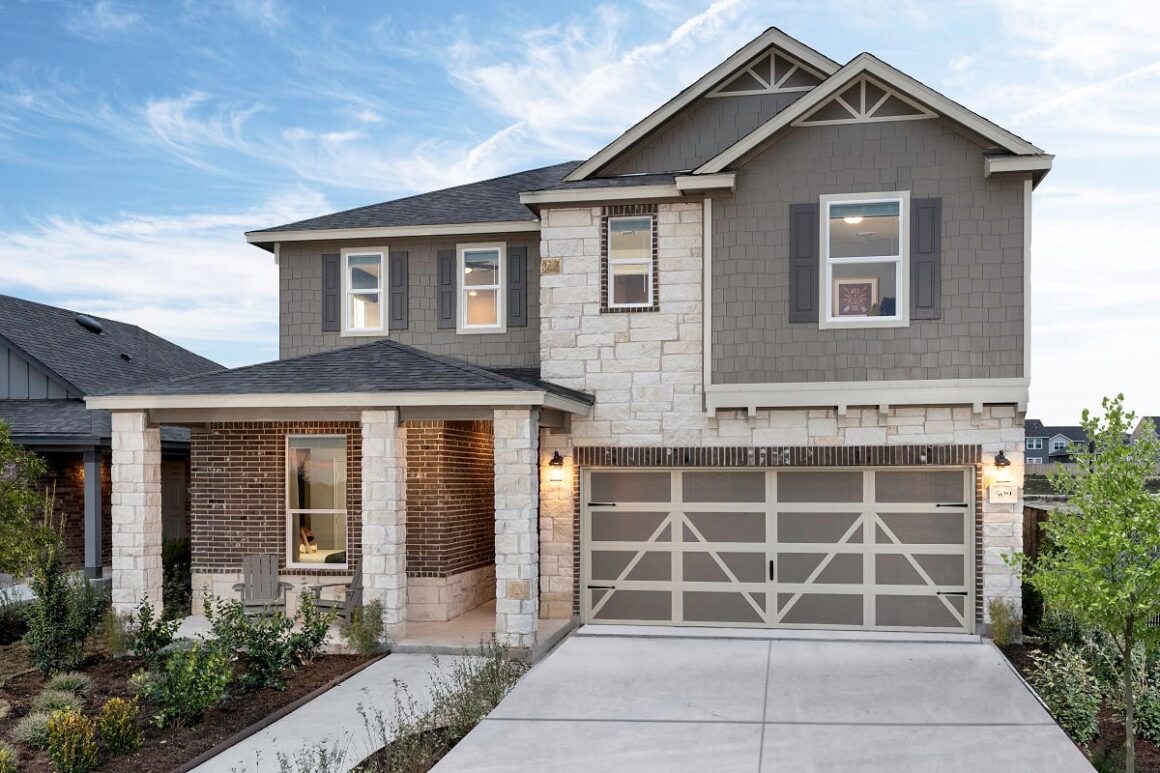
While “new car smell” is a good thing, you should see it in an entire home. Somewhere between the sawdust and the fresh coats of paint, the smell of a new home is only overwhelmed by a few seasons of your own cooking style. For our purposes, let’s discuss homes in the modular home style. A proper new build without a pre-existing architecture can be incredibly more expensive per square foot compared with a pre-owned home simply because you are paying architect costs, as well as build costs. Modular homes, however, are already designed and even have some prefabricated pieces sitting in a warehouse that save on build time and expense.
Oversight Over Details
When building a new home, you get to oversee the choices that go into some key systems and surfaces. The flooring for a home, whether hard wood, laminate, or carpeting is a very subjective set of choices and empowers a home buyer. The kitchen, the heart of most post modern homes, will likewise have a countertop choice to make for the surface you want.
The proliferation of entertainment options and the ability to provide large electronics without dedicating an entire wall means that multiple options can be provided by builders, including extra studding in specific walls to hold up a variety of screen and speaker choices. When you are the person with the decision wallet, you get to make those choices from the word “go” and plan out not only what the room will look like, but how it will be used.
The Timeline is Unpredictable
The time it will take to complete your project is about as easy to predict as the weather. The weather will, of course, play a huge factor in the building of your new home. Rain will delay a build. Excess heat will slow progress. Extreme weather will also affect the foundational strength of a home and inclement weather will create problems for general contractors to even get their work force on site to chip away at the process.
Additionally, the volume of raw materials to complete a new home is such that on occasion, it will become unavailable in your area for short periods of time. 2020 saw massive flaws in the ability of certain regions to acquire lumber, but it was always a tentative situation, whether or not all of the required materials were available to your builders.
Other materials, such as those required to wire a home for 21st century technology, plumbing materials to standard for your neighborhood and region, and whatever you choose for your aforementioned flooring and countertops can become suddenly scarce. Each scarcity is another week of slowed progress, so patience is an absolute must for this process.
New Neighborhoods
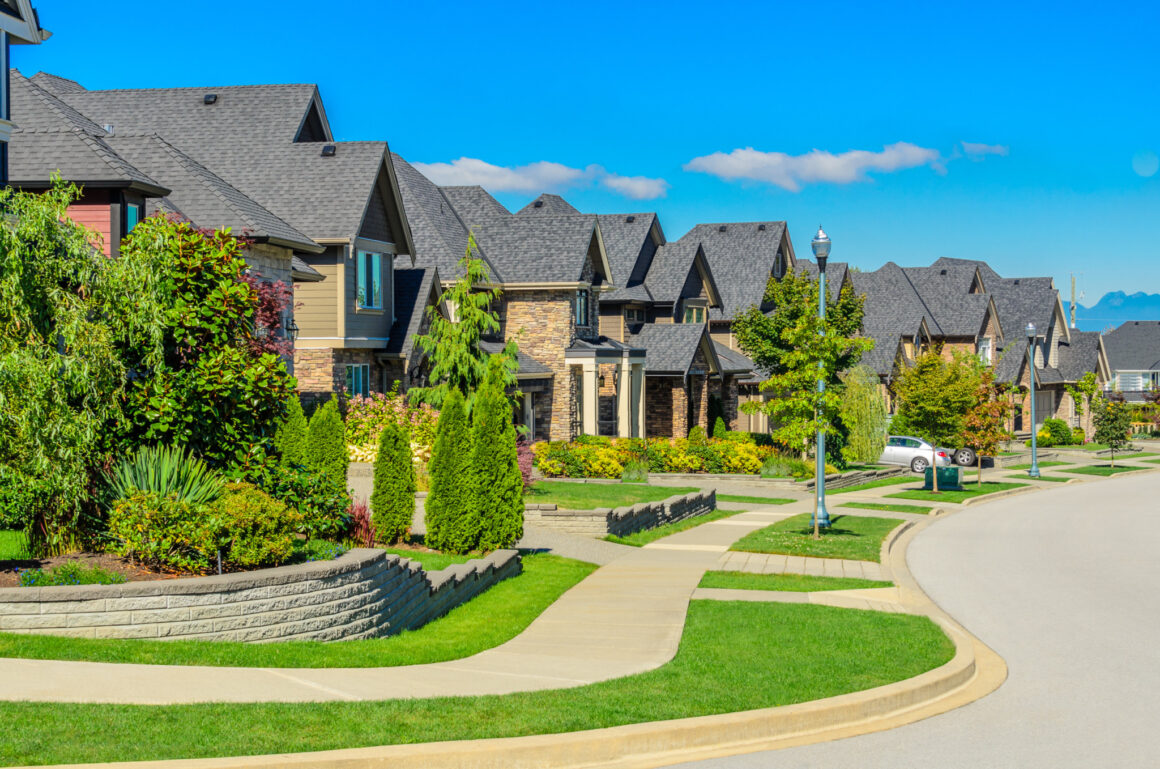
Finally a new neighborhood has an excitement that an established neighborhood will have lost with its new home smell. While an established neighborhood has a proven safety track record, people owning brand new houses are on average more likely to welcome new neighbors and even watch out for each other.
Conclusion
With all of that said, remember the most important part of this process: take your time and consider your options. Know if you are a person who is willing to nitpick a contractor about renovations until they are done the way you want. Know if you are willing to live with the mystery utility meter that no longer works.
Know if you are ok with the excitement of the fluctuation of a build timetable, and most importantly, know what kind of home you want your family to occupy and grow in together. If you require assistance with your decision, you can consult with professionals who specialize in helping property buyers make a purchase that is suited to your financial goals. They usually have extensive experience in purchasing both pre-owned homes as well as fixer upper homes, and can advise which option would be most appropriate based on your unique circumstance.
